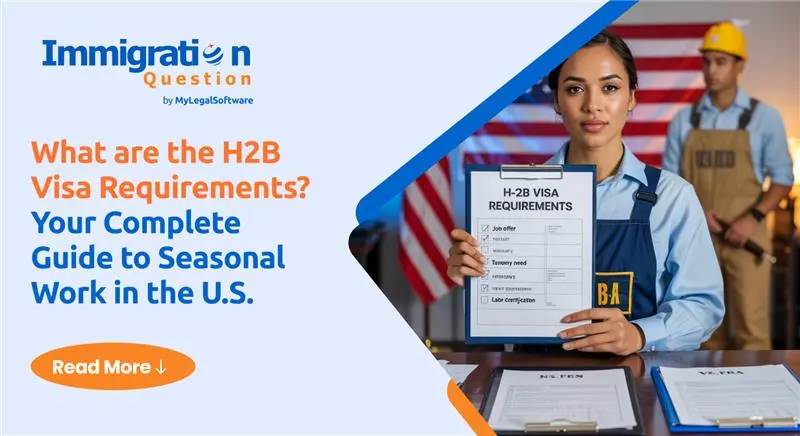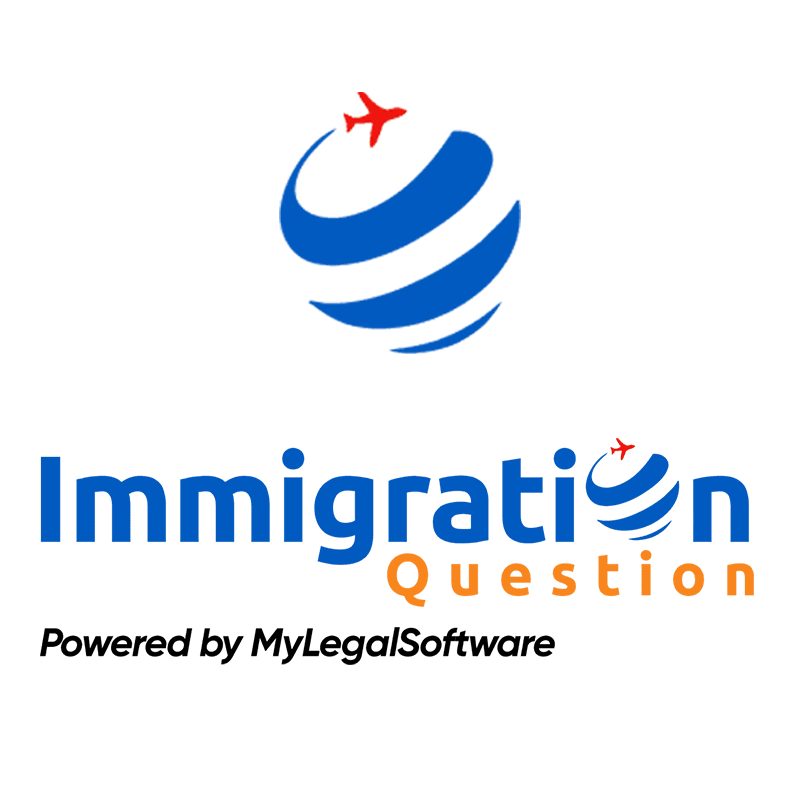If you’ve ever considered working in the United States on a seasonal basis or you’re an employer struggling to find enough workers during peak season, the H2B visa is an option you should consider.
This visa program allows United States employers to temporarily hire foreign workers for non-agricultural jobs. From hotel staffing in the summer to snow removal crews in the winter, the H2B program supports a range of industries that rely on seasonal labor.
In this guide, we’ll walk you through the requirements for the H2B visa, how the application process works, what employers need to know about H2B visa sponsors, and whether there’s a path from the H2B visa to a green card.
What is the H2B Visa Program?
The H2B visa program allows U.S. employers to hire foreign workers for temporary non-agricultural jobs when qualified U.S. workers are unavailable. Unlike its agricultural counterpart (H2A) or the specialized professional visa (H1B), the H2B visa focuses specifically on seasonal or temporary labor needs.
Common industries utilizing the H2B program include:
- Hospitality and tourism (hotels, resorts, restaurants)
- Landscaping and groundskeeping
- Construction
- Food processing
- Amusement parks and seasonal attractions
- Seafood processing
The H2B visa program is designed to address genuine labor shortages without displacing American workers. This balance is maintained through strict requirements for both employers and foreign nationals, including labor market testing and annual visa caps.
Only 66,000 H2B visas are available each fiscal year, split evenly between the first and second halves of the year (October-March and April-September).
Not sure what to do about your immigration issue? Ask your question on Immigration Question and get a clear, reliable answer within hours. We can also connect you with experienced immigration attorneys who understand your situation and can help you take the next step with confidence.
Key Requirements for H2B Visa Applicants
To qualify for an H2B visa, foreign workers must meet the following criteria:
- Job offer: You need a valid offer from a U.S. employer that has gone through the labor certification process.
- Country eligibility: While there are no hard restrictions, most applicants come from a list of countries approved by the U.S. government.
- Temporary nature of the job: The job must be seasonal or time-limited, not permanent.
- Intention to return: You must prove that you intend to return to your home country once the visa expires.
- No specific education requirements: Unlike the H1B, you don’t need a college degree or specialized experience.
- Proper documentation: A valid passport, job offer, and other supporting documents are required for your visa interview.
H2B Visa Sponsors: Employer Requirements and Responsibilities
For U.S. employers looking to become H2B visa sponsors, the process involves several mandatory steps and significant responsibilities. These requirements ensure the program protects both U.S. workers and foreign employees from potential abuses.
Before sponsoring foreign workers, employers must meet the following obligations:
- Labor Certification: First, they need to get a temporary labor certification from the Department of Labor. This proves there aren’t enough available U.S. workers for the job.
- Wage requirements: Employers must offer the prevailing wage for the role in their location.
- Recruitment efforts: Employers must show they’ve tried to hire U.S. workers first.
- Compliance and reporting: Once the worker is hired, employers are responsible for staying compliant with program rules.
- Financial responsibility: Employers usually cover the cost of the visa process and sometimes transportation.
- Planning : Because of the tight timeline and cap limits, employers should begin the process months in advance.
Becoming one of the H2B visa sponsors involves significant paperwork and lead time. Most successful employers start the process 5-7 months before they need workers. This timeline accommodates the labor certification process, USCIS petition adjudication, and consular processing for workers abroad.
How to Apply for the H2B Visa
The H2B visa program follows a multi-stage application process involving both employers and the foreign workers they wish to hire. Understanding this process helps both parties navigate the requirements for visa approval more smoothly.
Step 1: Employer Files Temporary Labor Certification
- Employer submits job order to State Workforce Agency
- Files ETA Form 9142B with the Department of Labor
- Conducts recruitment for U.S. workers
- Receives temporary labor certification if requirements are met
Step 2: USCIS Petition and Approval
- Employer files Form I-129 (Petition for Nonimmigrant Worker) with USCIS
- Includes approved labor certification and supporting documentation
- Pays required filing fees
- Receives approval notice (Form I-797) if the petition is approved
Step 3: Worker Applies for Visa at U.S. Consulate
- Worker completes DS-160 online visa application
- Schedules and attends visa interviews at the U.S. embassy or consulate
- Presents required documentation (passport, job offer, USCIS approval notice)
- If approved, receives H2B visa stamp in passport
This process can take several months, and it’s often helpful to work with H2B visa sponsors who have experience navigating the system.
H2B Visa Program Annual Caps and Exemptions
One of the most challenging aspects of the H2B program is working within its annual numerical limitations. Understanding these caps is crucial for both employers and foreign workers.
The standard annual allocation for the H2B visa program is 66,000 visas, divided into two equal portions:
- 33,000 for workers starting employment in the first half of the fiscal year (October 1 – March 31)
- 33,000 for workers starting in the second half (April 1 – September 30)
In recent years, the Department of Homeland Security has occasionally announced supplemental H2B visas beyond the 66,000 cap for businesses that would suffer “irreparable harm” without additional workers.
How Long Can You Stay on an H2B Visa?
- Initial stay: Most H2B visas are granted for up to one year.
- Extensions: Workers can apply for extensions in one-year increments, up to a maximum of three years.
- Required exit: After three years, the worker must leave the U.S. for at least three months before reapplying.
- Changing employers: It’s possible to change employers while on an H2B visa, but a new petition and certification must be filed.
Maintaining your status is important. Overstaying or violating visa conditions can make it harder to return in the future.
Can You Transition from H2B Visa to Green Card?
The path from visa to green card is challenging but not impossible. The H2B visa is a temporary, nonimmigrant visa and does not allow for “dual intent” (meaning applying with the intention to become a permanent resident).
Still, there are limited pathways:
- Employer sponsorship: If the job becomes permanent, the employer may sponsor you for a green card under an employment-based category.
- Family sponsorship: If you have a close family member who is a U.S. citizen or green card holder, they may be able to petition for you.
- Marriage to a U.S. citizen: This can open the door to adjusting status, though timing and intent matter.
Because the visa is temporary by nature, the process of going from H2B visa to green card can be complex. If this is your goal, it’s best to speak with an immigration attorney early on.
Pros and Cons of the H2B Visa Program
For foreign workers considering the H2B program, weighing its advantages and disadvantages is essential.
Pros:
- Allows you to work legally in the U.S. in industries with strong demand
- No degree or special qualifications required
- Opportunity to earn income and gain work experience abroad
Cons:
- Strict time limits and no long-term path without sponsorship
- Limited number of visas available each year
- Can be difficult to change status or apply for a green card
Understanding these tradeoffs helps both employers and workers decide if the H2B visa program aligns with their needs and long-term goals.
Final Thoughts
The H2B visa is a practical solution for temporary work in the U.S.—both for seasonal employers and for international workers looking for short-term opportunities. However, the process is time-sensitive and detailed, and the requirements for the visa can feel overwhelming without guidance.
Visit Immigration Question to ask any question that you may have about immigration and get answers in hours. You can also find experienced immigration attorneys who can walk you through the process.
Frequently Asked Questions
What types of jobs qualify for the H2B visa program?
Non-agricultural, seasonal, or temporary jobs in industries like hospitality, landscaping, seafood processing, and construction.
What are the basic requirements for an H2B visa applicant?
A valid job offer, temporary nature of work, intent to return home, and required documents like a passport and visa application.
How long can I stay in the U.S. on an H2B visa?
Up to one year initially, with the possibility of extending to a maximum of three years.
Is there an annual limit on the number of H2B visas issued?
Yes, 66,000 visas are available per year, split between the first and second half of the fiscal year.
Can my family members join me in the U.S. on an H2B visa?
Yes, spouses and children under 21 can apply for H-4 visas. However, they cannot work while in the U.S.






